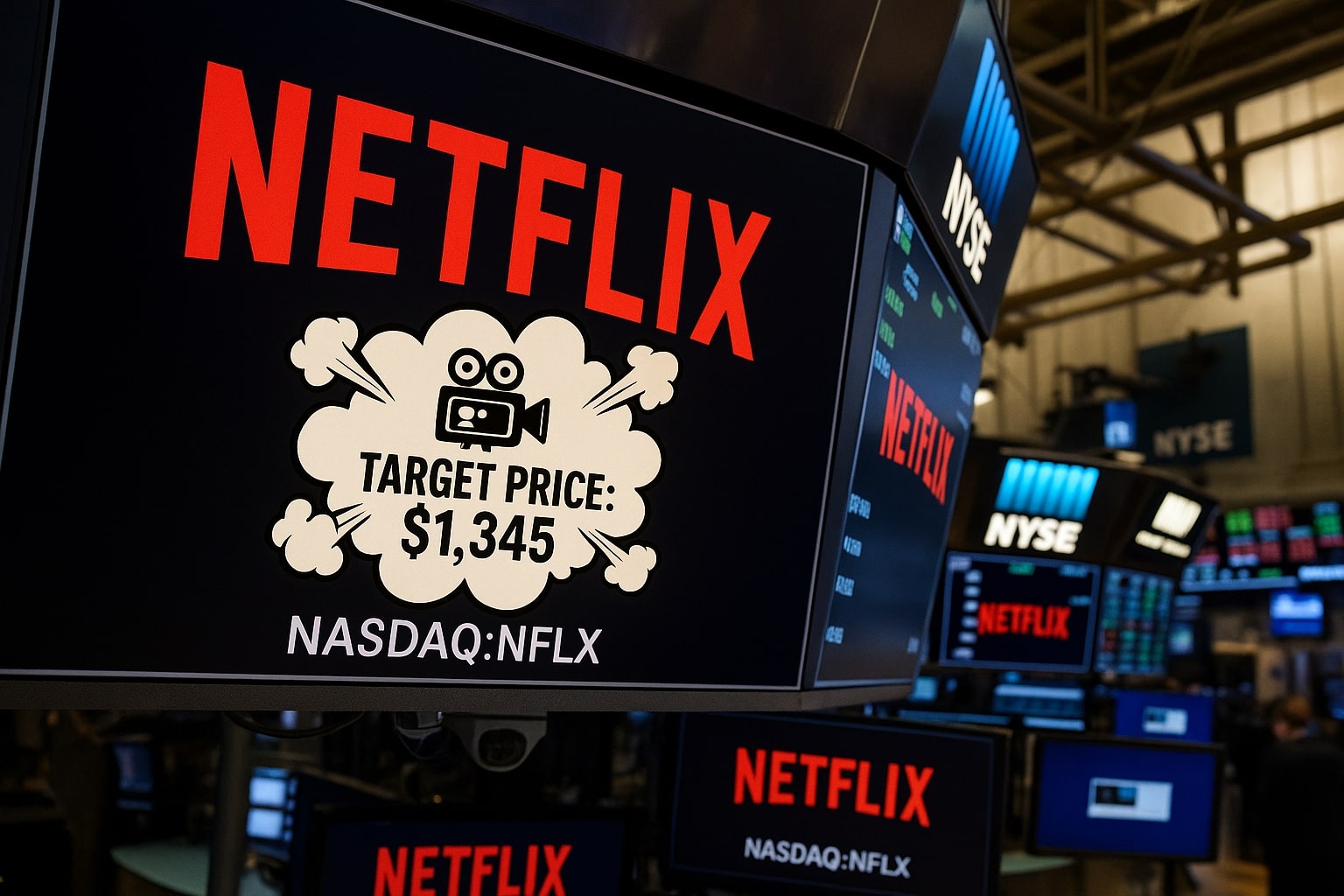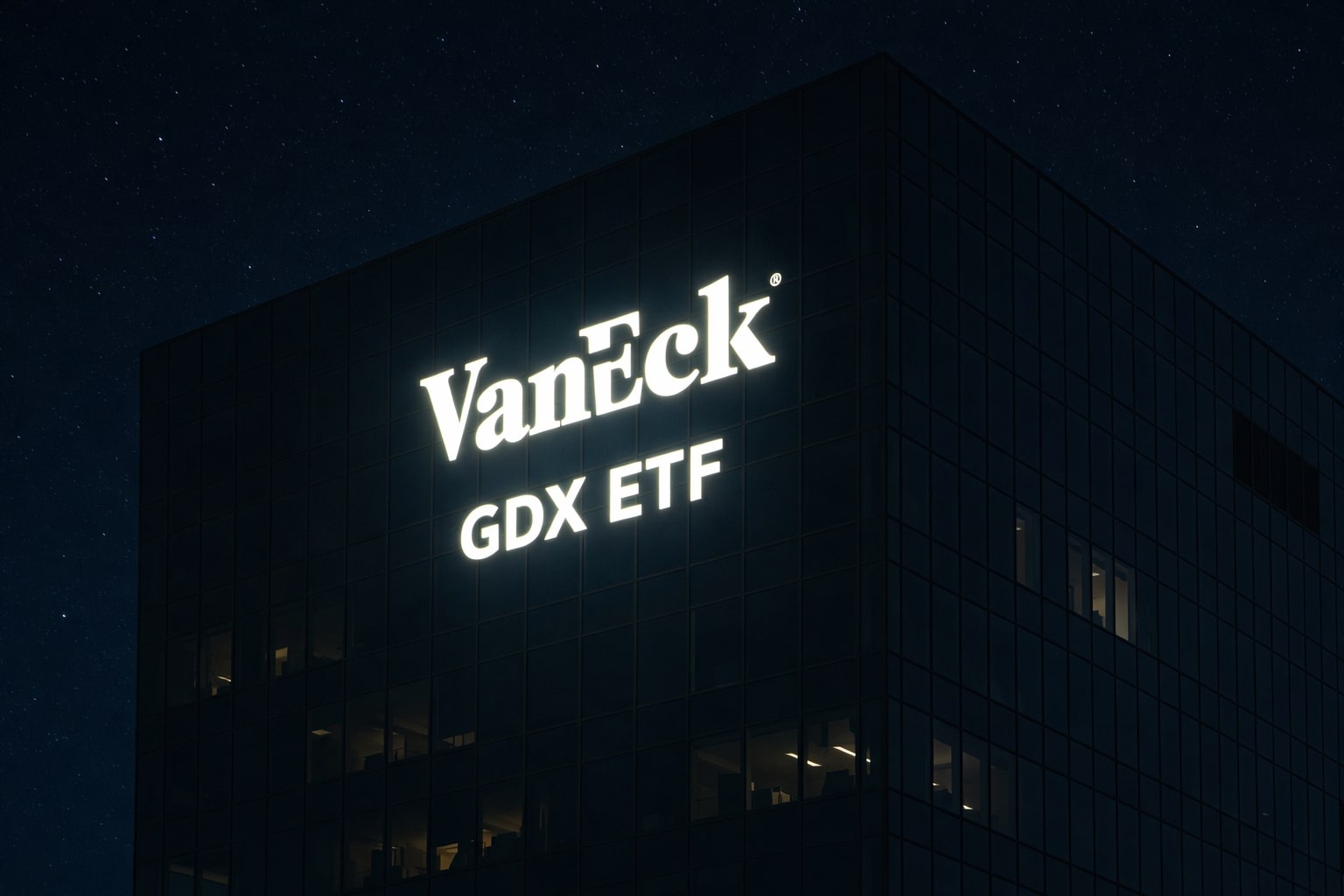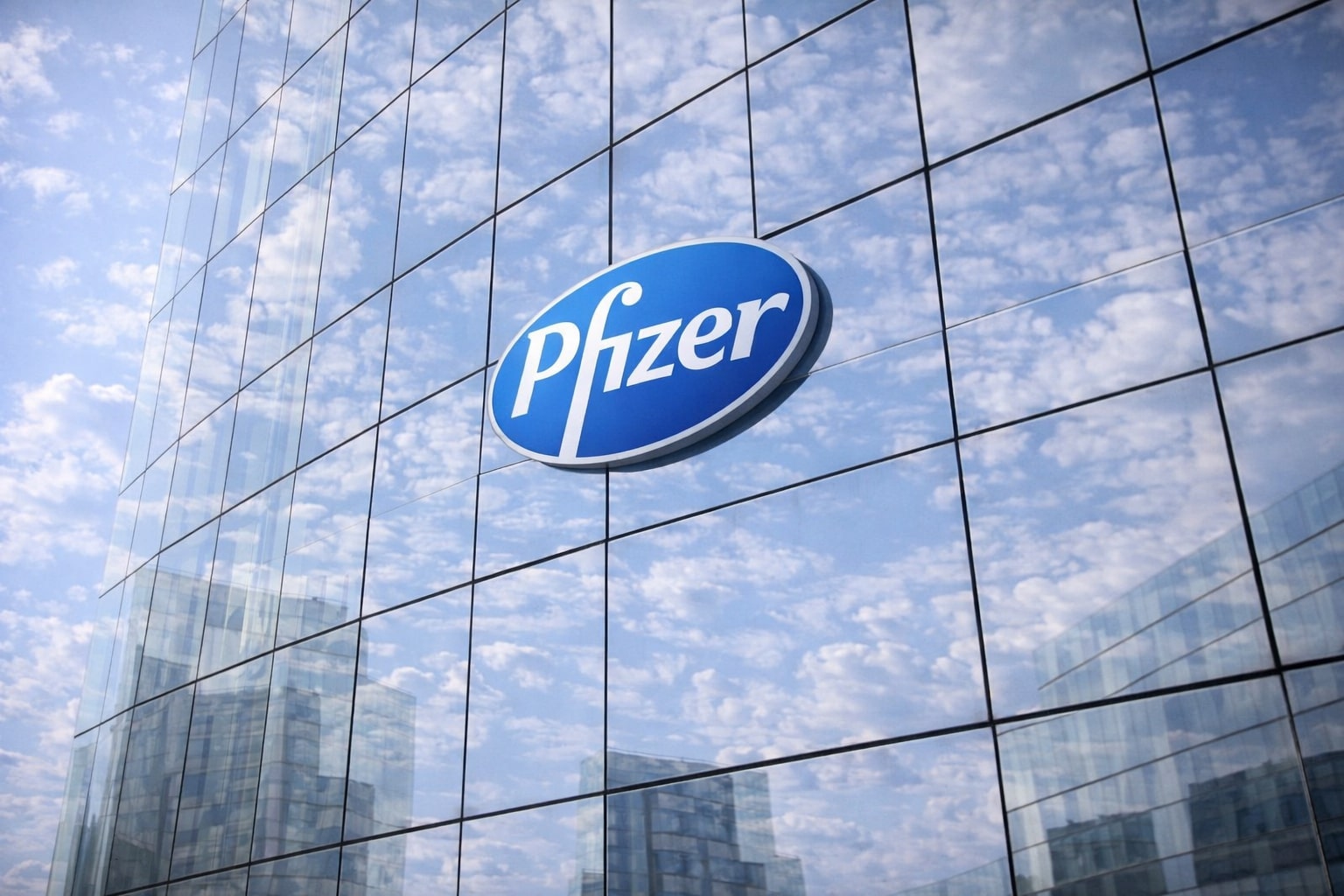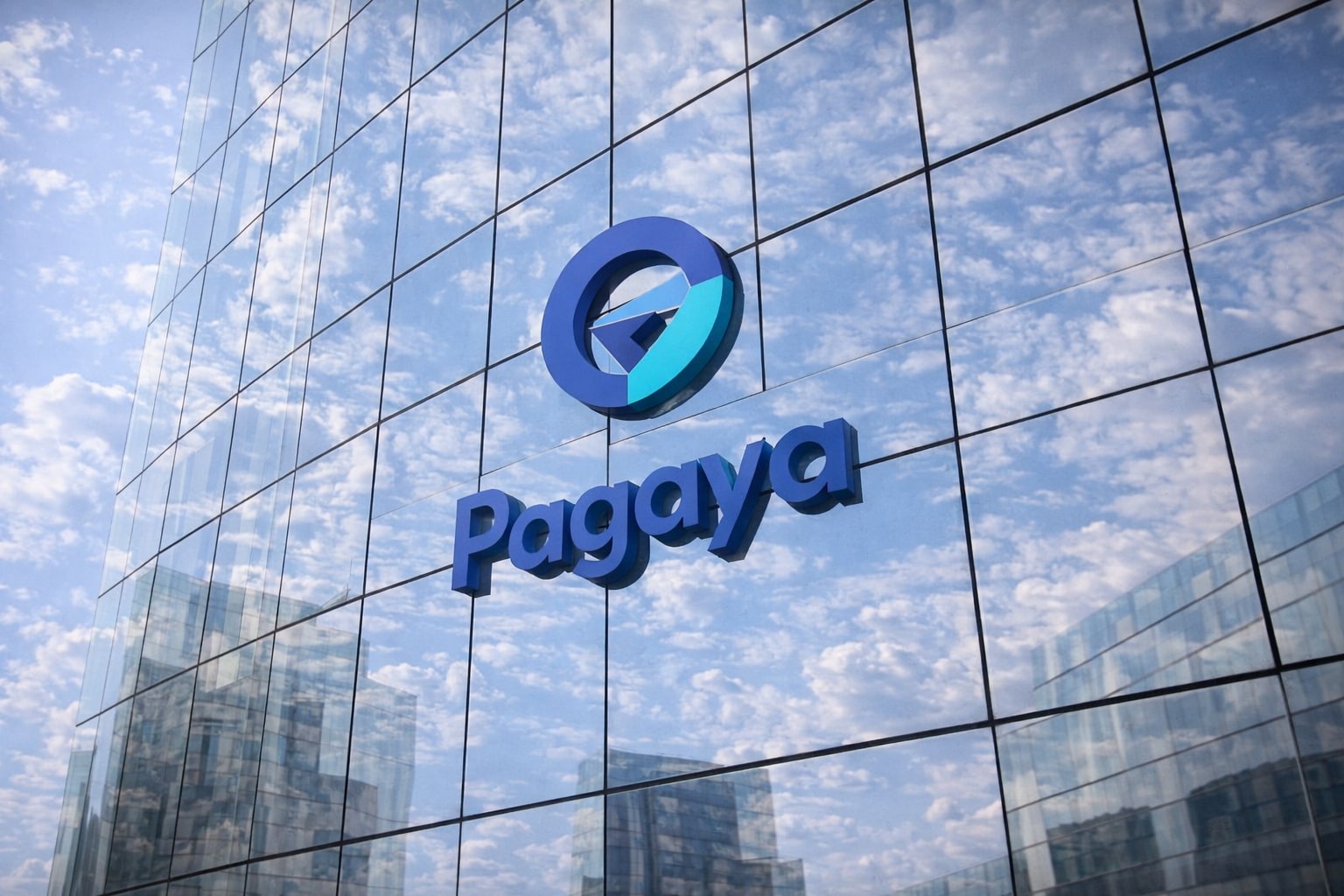Netflix (NASDAQ:NFLX): $1,345 Price Target Hinges on Ad Expansion Amid Global Content Dominance
View Real-Time Chart
Record Margins and Revenue Fuel Confidence, but FX Tailwinds Raise Questions
Netflix (NASDAQ:NFLX) reported Q2 2025 revenue of $11.08 billion, up 15.9% year-over-year, with operating margins hitting a record 34.1%, a 690 bps improvement from the prior year. Earnings per share surged 47.3% y/y to $7.19, beating estimates despite a sequential decline in free cash flow to $2.27 billion, down from $2.65 billion in Q1. Full-year revenue guidance was raised to $45.2 billion, with operating margins projected at 29.5%, up from 29% prior.
Yet, behind the celebratory numbers lies a notable caveat: management attributed the guidance bump largely to currency weakness, rather than operational levers. That FX-based optimism unsettled investors, triggering a post-earnings dip in the stock despite an otherwise strong quarter. It signaled a dependency that cannot be extrapolated forward, especially for a company positioning itself as a long-term secular winner.
Content Machine Breaks Global Records—But It's Not the Whole Story
Netflix’s global content flywheel remains unmatched. Squid Game Season 3, released June 27, became the third most viewed non-English show in company history with 122.2 million views. For comparison, Season 2 drew 192.6M and Season 1 a staggering 265.2M. Despite higher production budgets—$68.6M for Season 3—its Cost Per Thousand Viewing Hours (CPMV) remains vastly superior to rivals. Squid Game S3’s CPMV was $91.50, still below Disney’s (DIS) Andor at $355M budget or Amazon’s (AMZN) Lord of the Rings at $465M.
Other global hits like Extraterritorial (Germany) drew 89M views, and animated blockbuster KPop Demon Hunters broke internal streaming and music records. Non-English content such as Asterix & Obelix (France), The Eternaut (Argentina), and Secrets We Keep (Denmark) all exceeded 15M views, reinforcing Netflix’s strategy of regionally produced, globally scaled IP.
Still, this robust lineup hasn't fully offset Wall Street's concern that Netflix is leaning too heavily on content. The broader expectation is now that ads must carry the next leg of growth.
Advertising Revenue Must Now Deliver—and Fast
The most critical structural pivot Netflix has undertaken in 2025 is its build-out of the Netflix Ads Suite, its proprietary ad-tech stack now deployed across all advertising markets. NFLX set an aggressive target to double ad revenues in 2025, with Yahoo DSP integration and a completed U.S. upfront deal slate aimed at turbocharging ad monetization.
Ad CPMs already average $31.05, above Disney+ ($28.82) and Amazon Prime ($28.01), highlighting Netflix's unique premium. But the ad business still sits at a nascent stage. Execution risk is substantial, especially as rival platforms scale fast and advertisers demand granular targeting. The in-house strategy offers control and better margins, but time is now Netflix’s biggest enemy: the window to prove ad-led growth is shrinking.
Cash Flow, Share Repurchases, and the Balance Sheet Signal Discipline
Despite a Q/Q dip, free cash flow for H1 2025 reached $4.92B, up 47.3% y/y, showing discipline even amid aggressive content spending. Netflix’s balance sheet continues to deleverage, with net debt down to -$6.07B and a net-debt-to-adjusted-EBITDA ratio of 0.39x, improving from 0.68x a year prior. The company’s ability to simultaneously increase content investment and reduce leverage is unusual in the media landscape, especially given rising production costs across the board.
Meanwhile, share buybacks have reduced weighted average diluted shares from 436.9M to 434.9M, enhancing per-share earnings and supporting valuation even as price momentum weakens.
Track latest activity at Netflix Insider Transactions.
Valuation Analysis: Premium Multiple Needs Justification from Ads
NFLX currently trades at a forward P/E of 43.8x, significantly above its 5Y average of 42.4x, and far above the sector median. Forward PEG sits at 2.17x, compared to 1.46x for the sector, implying EPS growth must exceed 30% to justify the premium. By contrast, Alphabet (GOOG) trades at a 1.31x PEG, while Amazon (AMZN) sits at 1.95x.
Netflix is guiding for FY25 EPS of $25.45, and projecting FY26 EPS of $30.69, which would imply a 28.3% y/y growth. Using the same P/E of 43.8x, the 12-month price target stands at $1,345, roughly 5.5% upside from current levels near $1,275. However, bulls projecting further upside must assume acceleration in ad revenue and stronger monetization of IP via games, licensing, or merchandise.
Some analysts push the FY26 EPS envelope even further, projecting $33.10 if Netflix hits its ad revenue targets—potentially supporting a $1,450+ price level. But without material revenue contribution from ads, this becomes wishful thinking.
Technical Signals, Momentum Shift, and Trader Caution
After rallying +41.2% from April 2025 lows to peak around $1,330, the stock has since corrected -9.6%, retreating from frothy RSI levels. It now trades near its 200-day moving average around $1,000, a critical technical zone. A break below could trigger algo-driven selling toward the $980–$950 range, aligning with pre-run consolidation levels.
Short-term momentum grades have slipped to B+, while volume trends suggest waning conviction at elevated prices. Any failure of ad metrics or margin compression from second-half content spending would compound that pressure.
Buy, Sell, or Hold? The Verdict on NASDAQ:NFLX
Netflix remains the undisputed global leader in streaming, with the best unit economics, most efficient content machine, and boldest international growth play. The $45.2B revenue target, 29.5% margins, and $25.45 EPS reflect genuine operational strength. Its ad tech strategy has teeth. Its IP bank is unmatched. And its balance sheet looks better than ever.
Yet valuation already prices in near-perfection. And the recent correction is a reminder: content alone won’t take Netflix higher. Ad execution must now prove it can scale profitably and immediately. The FX tailwind helped for now, but it won’t last. Shareholders must brace for higher volatility if Q3 fails to deliver ad upside.
Verdict: HOLD.
Buy aggressively only on pullbacks near $980–$1,000. Near-term upside is capped without ad beat. Long-term thesis intact — but priced for precision.



















